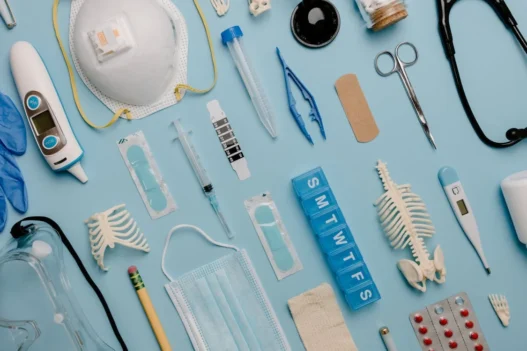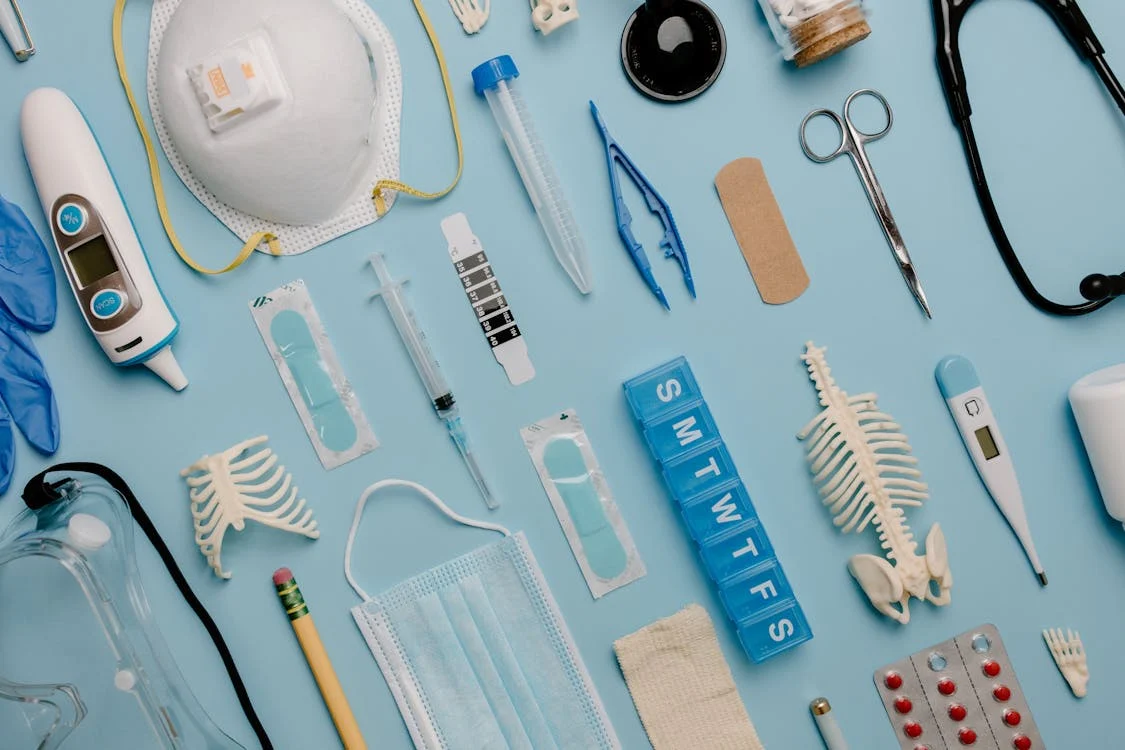0HJU8ZZ is a medical procedure where a doctor inspects the left breast using an endoscope through a natural or artificial opening in the body. This technique allows for a detailed examination of the breast tissue for any abnormalities or signs of disease.
Table of Contents:
- 🔎 Clinical Indication
- 📋 Preparation
- 📖 Methodology
- 🩹 Recovery
- 🚨 Complexity & Risk
- 🔀 Similar Procedures
🔎 Clinical Indication
Inspection of the left breast, via natural or artificial opening endoscopic, may be performed to detect and diagnose any abnormalities such as lumps, cysts, or tumors. This procedure allows doctors to visually inspect the breast tissue and surrounding areas for any signs of cancer or other issues.
The endoscopic examination provides a detailed view of the interior of the breast, allowing for more accurate and personalized treatment decisions. This procedure is often recommended for patients who have symptoms such as breast pain, swelling, or nipple discharge that require further evaluation.
Overall, the inspection of the left breast via endoscopy can help doctors catch potential issues early, leading to better outcomes and treatment options for patients. It is a valuable tool in the diagnosis and management of breast health.
📋 Preparation
Before undergoing an inspection of the left breast via natural or artificial opening endoscopic procedure, patients must follow certain preparation guidelines. This typically includes refraining from eating or drinking for a certain period of time beforehand to ensure a clear view of the breast during the procedure. Patients may also be asked to remove any jewelry or clothing that could interfere with the examination.
📖 Methodology
During 0HJU8ZZ, a medical professional will examine the left breast using an endoscope, a thin, flexible tube with a camera on the end. This procedure allows for a close-up view of the breast tissues and any abnormalities that may be present.
The endoscope is inserted into the body through a natural or artificial opening, such as the mouth or a small incision. The camera at the tip of the endoscope transmits images to a screen, allowing the doctor to thoroughly inspect the left breast for signs of disease or other issues.
By conducting an Inspection of Left Breast, Via Natural or Artificial Opening Endoscopic, healthcare providers can identify any potential problems early on, leading to prompt treatment and improved outcomes for the patient. This procedure is typically used to investigate specific symptoms or abnormalities detected during a physical exam or imaging test.
🩹 Recovery
After an Inspection of the Left Breast through natural or artificial openings with an endoscope, the patient will typically experience a short recovery period. This may involve some mild discomfort or tenderness in the area of the inspection as the body heals.
The patient may be advised to take it easy for a day or two after the procedure, avoiding strenuous activities that could irritate the area. It is common for some bruising or swelling to occur, but this should subside within a few days.
Overall, recovery after an Inspection of the Left Breast via endoscopy is usually quick and uneventful. Patients are usually able to resume their normal activities shortly after the procedure, with minor discomfort being the only lingering issue.
🚨 Complexity & Risk
Performing 0HJU8ZZ, an inspection of the left breast using an endoscope, can be a complex procedure due to the intricacies of navigating through a natural or artificial opening to access the breast tissue.
Patients undergoing this procedure may face potential risks such as infection, bleeding, or injury to surrounding tissues, highlighting the importance of careful planning and skilled execution by healthcare professionals. It is crucial for healthcare providers to thoroughly assess the patient’s medical history and potential contraindications before proceeding with the 0HJU8ZZ inspection to mitigate these risks.
🔀 Similar Procedures
Another medical procedure similar to 0HJU8ZZ is a colonoscopy, which involves inserting a thin, flexible tube through the rectum to examine the colon. Both procedures use an endoscope, a long, thin tube with a camera at the end, to visualize internal organs.
During a colonoscopy, doctors can look for abnormalities such as polyps or signs of cancer in the colon. Just like with the inspection of the left breast, a colonoscopy may be recommended as a screening tool or to investigate symptoms like abdominal pain or changes in bowel habits.
Both procedures require the use of sedation to make the patient more comfortable during the examination. Additionally, preparation for a colonoscopy involves clearing the colon of any stool or debris, similar to the preparation needed for an endoscopic inspection of the left breast.

